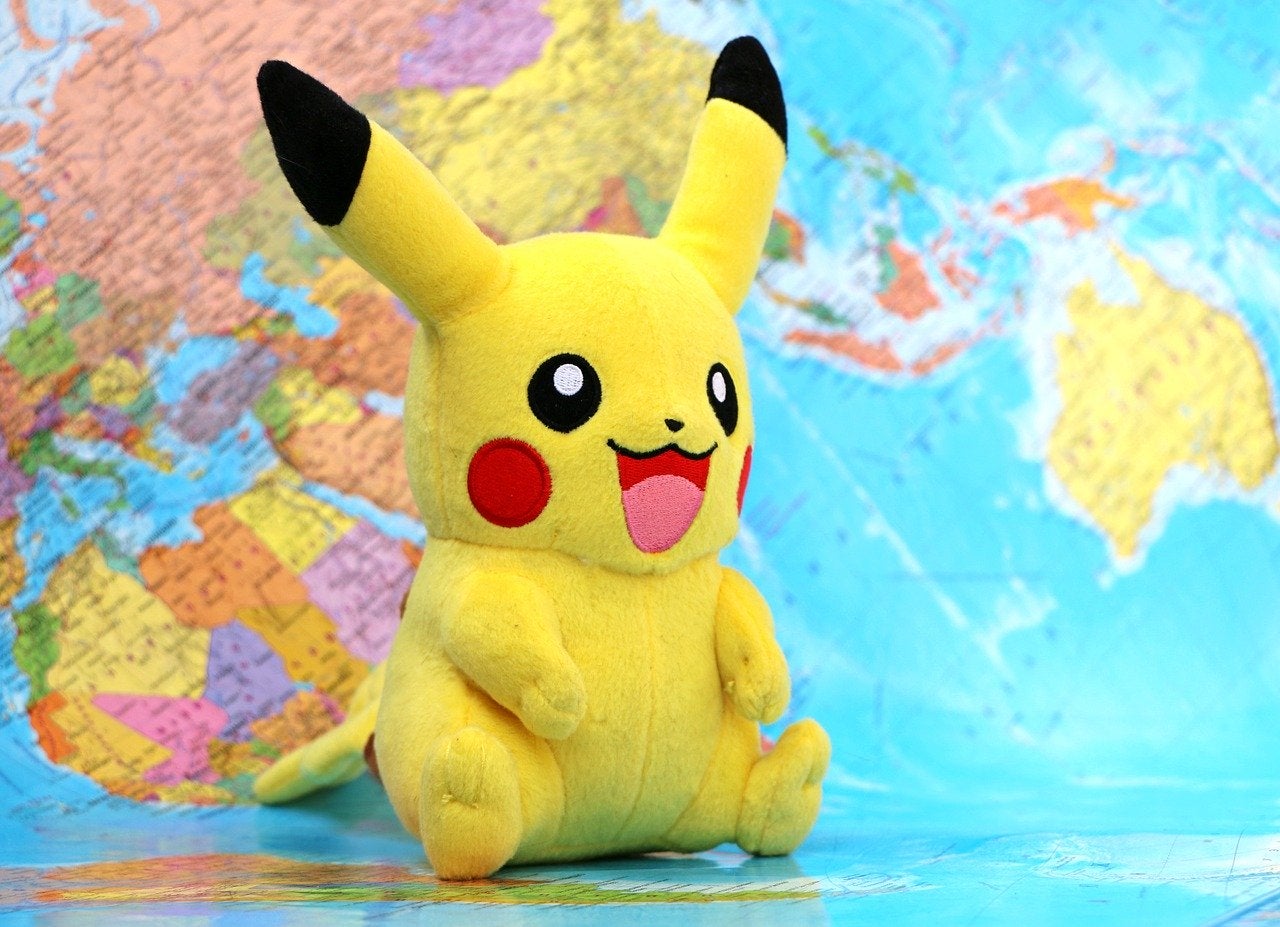Fun facts and useless knowledge have always been one of my favorite things to share with people. I love pulling facts out of my back pocket to explain things that some may seem pointless. To me, it’s something I deeply enjoy. As a future teacher, I love sharing knowledge with people, even if currently it’s mostly whimsical tangents about the definition of a fathom and why purple is considered the color of royalty (fun fact: it has to do with snails).
While not everyone may enjoy fun facts as much as I do, everyone has their niche interests and an endless well of knowledge about it. Last week I shared my thoughts about PowerPoint Nights and how it’s a great chance to share knowledge with friends, but today I’m going to talk about the idea of a Deep Dive before sharing one of my own.
A Deep Dive is a thorough search through the history, lore, or facts about something, usually something more niche or underground. You can Deep Dive on a character’s backstory, a real-world invention, or an easter egg hidden in a game or show. It can really be done on anything, so long as it goes deeper than the usual baseline knowledge. It’s common knowledge that Pikachu is the main mascot of the Pokémon franchise, but did you know that it was originally planned to be Clefairy?
Finding out information about something near and dear to your heart doesn’t need to be done for some greater purpose or serve to forward a particular aspect of your life, but rather it can just be something to do for fun or to share with people with similar interests. It’s also a great conversation starter or useful tool to have in your back pocket for an awkward moment of silence.
Most of my Deep Dives are into the lore of my favorite video games. I’ve talked before about my interest in Pokémon, Stardew Valley, and The Legend of Zelda, but today I’m going to share some in-depth information about a franchise that’s been near and dear to my heart for years: Sonic the Hedgehog. Now, rather than discussing the games, which one may expect when hearing the name Sonic, I’m rather going to focus my attention to a lesser-known aspect of Sonic lore: The TV Shows.
Did you know that there are currently six Sonic the Hedgehog TV shows, with the oldest being The Adventures of Sonic the Hedgehog (TAoStH), which aired in 1992. The second, Sonic the Hedgehog, also known as Sonic Freedom Fighters and Sonic SatAM because of its Saturday morning air time, began in 1993. Sonic Underground was in 1999, and then it wasn’t until 2003 that we got Sonic X. Eleven years later, Sonic Boom aired, and just last December we got Sonic Prime. This means we have 30 years of Sonic TV show lore and canon that can be analyzed, from voice actors to continuities to their relationships with the games and comics.
There have been four voice actors lending their voice to Sonic, with Jaleel White, better known for playing Steve Urkel in Family Matters, being present for the first three shows. Following him was Jason Griffith, then Roger Craig Smith, and finally Deven Mack. Sonic hasn’t had a repeat voice actor since White in 1999. While this is fun to know about, this is just the tip of the ice burg as far as deep dives go.
All of the shows exist in their own continuities/timeline but have their connections. TAoStH exists wholly on its own and is pretty unconnected as far as the Sonic Cinematic Universe goes. There are multiple series of Sonic the Hedgehog comics, with the longest running being the Archie comics, and the continuity for that came from the Sonic SatAM show. Many of the character seen in it cam from the show. Sonic Underground is also virtually unconnected but has some minor links to the Archie comics.
Sonic X is unique in that it’s its own version of lore that cam from the games. While parts of the plot are unique to this show (mainly the beginning and end), a decent chunk of the show follows the plots of Sonic Adventure and Sonic Adventure 2. This begs the questions about how the canon is used in the show, as it twists some of the already established information from the games. Sonic Boom the show builds off of Sonic Boom the games, which is pretty much all I need to say about it. Sonic Prime is unique in that it was made to exist within the game continuity, but there is currently heavy debate about how exactly it fits in. The games are canon to the show, but is the shoe canon to the games?
The plots of the show all differ greatly, with some being single episode storylines and others being more plot driven. TAoStH was a non-linear show aimed at kids, using fun but simple stories that didn’t have much of a plot other than stop the bad guys. SatAM was a much more plot based show with a dedicated goal, where the cast had to fight against the evil forces that took over the world. Sonic Boom was similar in that there was a resistance fighting back against authority, but this time Sonic has siblings and is a prince. No I will not elaborate.
Sonic X, like mentioned before, has its own story, where Sonic and co. are sent to Earth, with the storylines of the games thrown in. Sonic Boom, like TAoStH, is mostly a non-linear show focused more on light-hearted adventures and goofs. And lastly Sonic Prime is another heavy story-driven show, with Sonic needing to fix the timeline after he breaks an artifact called the Paradox Prism, shattering reality as he knows it.
Did you know that Sonic’s favorite food is chili dogs, which is a fact prominently featured in every show? Did you know that in the SatAM, Mobius, Sonic’s world, is hinted to be the future of Earth, where humans evolved into the anthropomorphic animals we know as Sonic and his friends? Did you know that in Sonic Underground Sonic and his siblings have magical instruments that can turn into instruments that also shoot lasers? No I will not elaborate.
And did you know that I’ve seen at least part of every show, and have dredged through the wikis and plots and summaries much more than any sane person should?
Long story short. I maybe know a little bit much about a random topic than I should. But that’s part of the fun of doing a deep dive. It can be enjoyable to learn and share more about the things we already love or the things that we want to know more about. It can be fun to find these things out on our own or in order to share, but it’s also something than can help alleviate boredom. Whether you can’t sleep and want to read something, you’re stuck in a waiting room, or you’re just flat-out bored, a deep dive is a great way to impress some friends, find something to do, and further your appreciation of one of your favorite things.





